Hardening off of plants
weebus
18 years ago
Related Stories
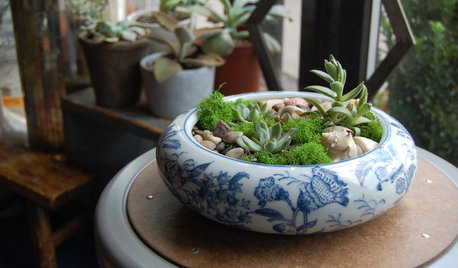
DIY PROJECTSQuick DIY Project: 3 Ways to Show Off Your Succulents
Create a simple yet lush vignette with a few plants and some everyday items
Full Story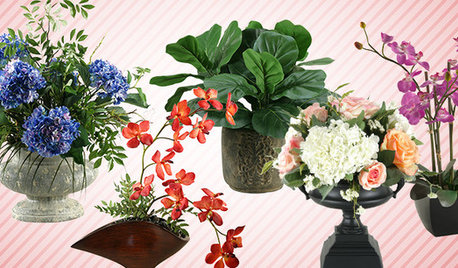
SHOP HOUZZShop Houzz: Up to 70% Off Picture-Perfect Faux Florals
Save on artificial plants and flowers to enliven your rooms
Full Story0
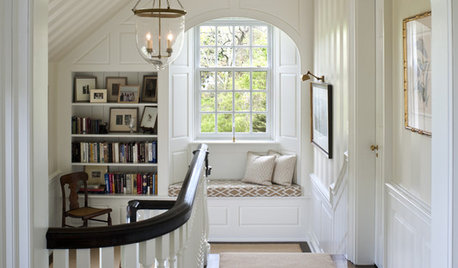
STAIRWAYSHelp Your Stair Landing Take Off
Whether for storage, art, plants or whatever else strikes your fancy, your stair landing can serve your home in a thoughtful way
Full Story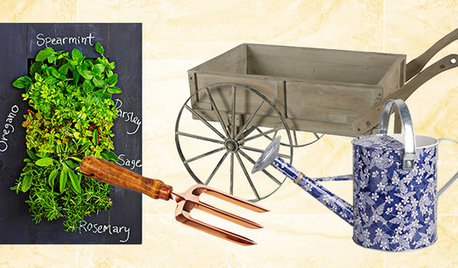
SHOP HOUZZShop Houzz: Up to 70% Off Vegetable and Herb Garden Essentials
Stock up on everything to plant a spring garden brimming with produce
Full Story0
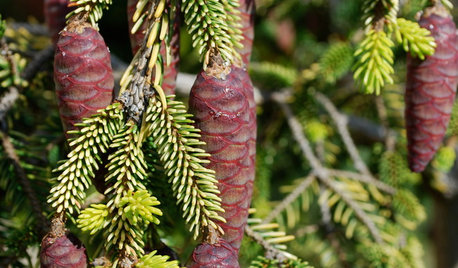
GARDENING GUIDESGreat Design Plant: Skylands Oriental Spruce, a Favorite Conifer
Brighten up a drab corner of your garden with Picea orientalis ‘Skylands’, a smaller spruce that a bird family might just call home
Full Story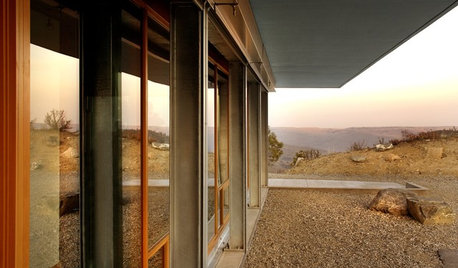
GREEN BUILDINGOff the Grid: Siting and Building to Conserve Energy
Look to low-tech solutions for big energy savings when you’re constructing a home
Full Story
GARDENING GUIDES6 Steps to Get a Garden Off to a Glowing Start
Grow a lush, balanced garden from an empty patch of yard or neglected landscape spot with these easy-to-follow guidelines
Full Story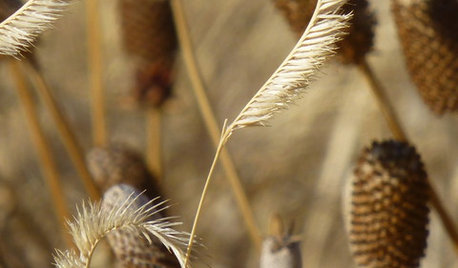
FALL GARDENINGAutumn’s Spent Flowers Enrich the Off-Season
The garden season never ends when you think beyond summer blooms
Full Story
LIFE6 Ways to Cool Off Without Air Conditioning
These methods can reduce temperatures in the home and save on energy bills
Full StorySponsored
Central Ohio's Trusted Home Remodeler Specializing in Kitchens & Baths
More Discussions






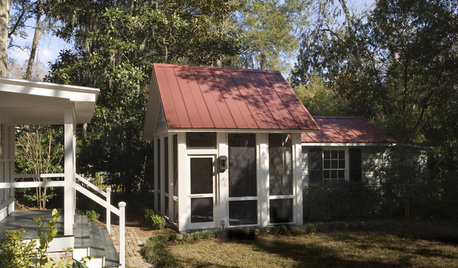

ellen_inmo
gldno1
Related Professionals
Derry Landscape Architects & Landscape Designers · Ballenger Creek Landscape Architects & Landscape Designers · La Marque Landscape Architects & Landscape Designers · Maple Heights Landscape Architects & Landscape Designers · Elgin Landscape Contractors · Peabody Landscape Contractors · Ashburn Landscape Contractors · Bergenfield Landscape Contractors · Dallas Landscape Contractors · Fuquay-Varina Landscape Contractors · Ponte Vedra Beach Landscape Contractors · Reedley Landscape Contractors · Salem Landscape Contractors · San Rafael Landscape Contractors · Lodi Solar Energy Systemsmylu
ellen_inmo
mylu
weebusOriginal Author
mylu
ellen_inmo
ellen_inmo
barrie2m_(6a, central PA)